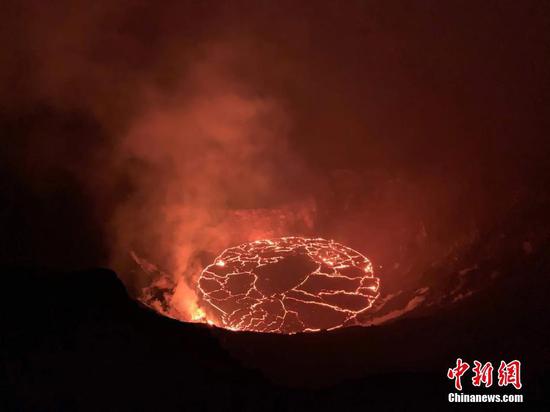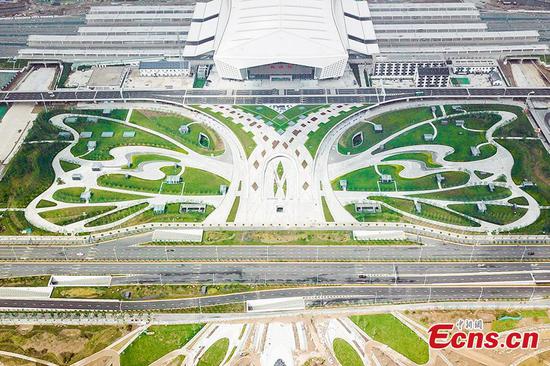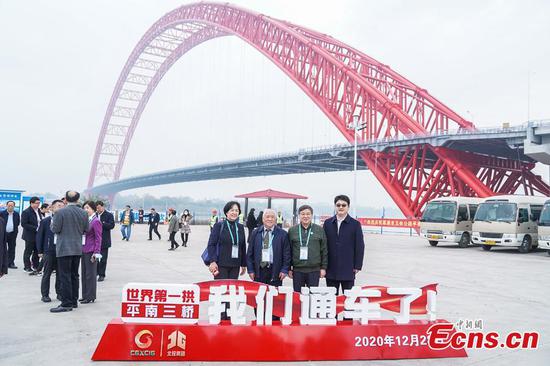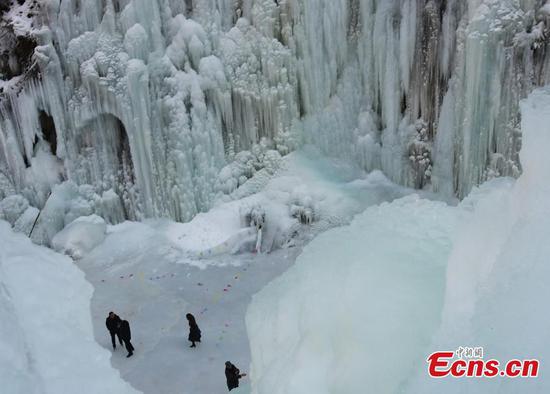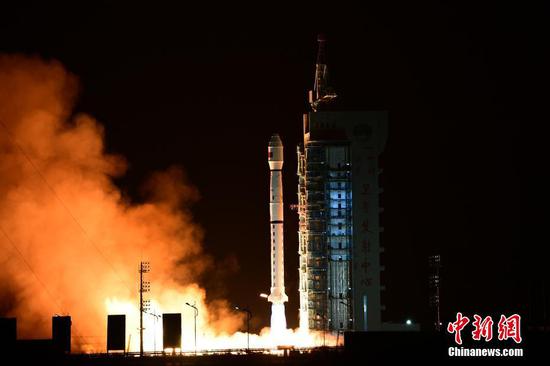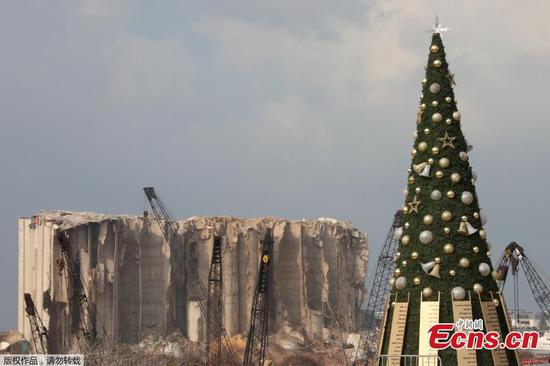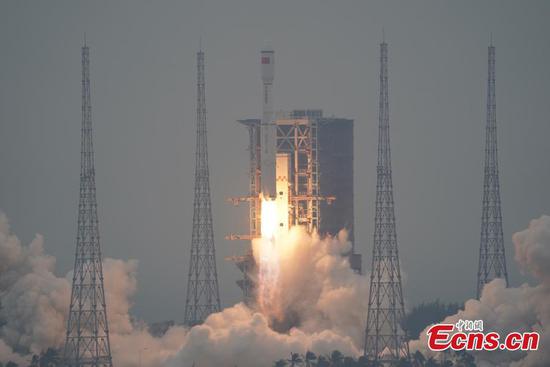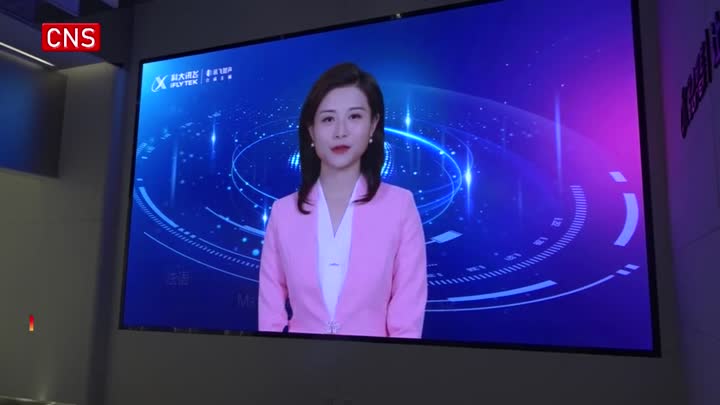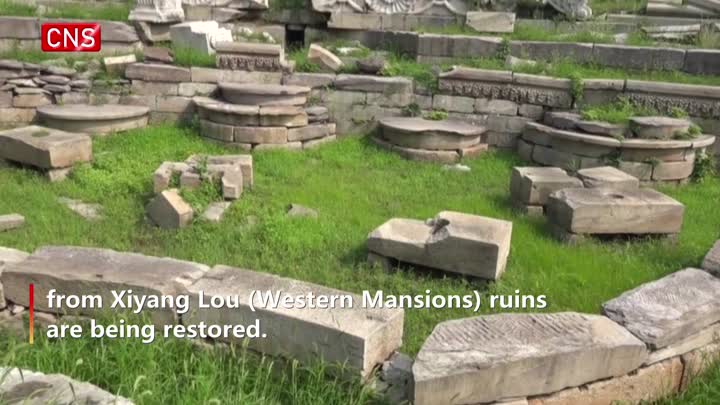Successful pollution control campaigns in China have provided valuable lessons for its efforts to see carbon dioxide emissions peak before 2030, an environmental expert said.
Zhang Jianyu, founder and chief representative of the Environmental Defense Fund's China program, said, however, that a workable action plan on reducing emissions of the greenhouse gas needs to be incorporated in plans for various economic sectors in different regions. This poses new challenges, he added.
"In drafting climate action plans, the country can borrow successful experiences from its previous practices," Zhang said. "For China, the most successful experience is from its pollution control campaigns."
The country's goal-oriented performance-appraisal mechanism has proved its efficiency in pollution control, especially in targeting air pollution, he said.
The Ministry of Ecology and Environment said Beijing, for example, had reduced the average density of PM2.5 particulate matter - tiny particulate matter that is hazardous to health - from 89.5 micrograms per cubic meter in 2013 to 42 mg per cu m in 2019.
Besides targeting air pollution, China has also launched campaigns in recent years that have focused on water and soil pollution.
In addition to general targets in the different campaigns, the government also sets separate goals for different regions.
The ministry then rolls out inspections of enterprises and local governments to screen for violations of its efforts to promote the goals. While officials will sometimes be held accountable for breaches, the performance of a particular area in fulfilling its goals is included in the appraisals of its leading officials.
Zhang said he expects the setting of regional goals for carbon dioxide emissions or carbon intensity reductions under a general national target will be an important part of the climate action plan in the 14th Five-Year Plan (2021-25).
He also warned, however, that more would need to be done to address carbon dioxide emissions.
End-of-pipe solutions - pollution-control approaches that clean up pollutants at the point where they enter the environment - work when controlling other emissions, with increased investment in such solutions yielding marked results, Zhang said. In such scenarios, emission reduction plans could be drafted separately without considering the plans for other sectors.
But that was not the case with carbon dioxide, because there is no mature, cost-friendly end-of-pipe technology to collect it. An action plan for reducing carbon emissions will not work if it is not incorporated into plans for various sectors, such as power supply and industry, which go beyond the jurisdiction of the ministry and concern many other government bodies, he said.
Each provincial-level region's plans on energy development, industrial layout and economic development will also exert impacts on carbon dioxide emissions.
"This is a complicated situation," Zhang said.
He said that while some provincial-level regions have rich fossil energy resources, some others are major consumers because of their smokestack industries, such as steel making.
"How to make them adjust their economic structures to help realize the target of peaking carbon emissions is a major challenge faced by China," he said.




















